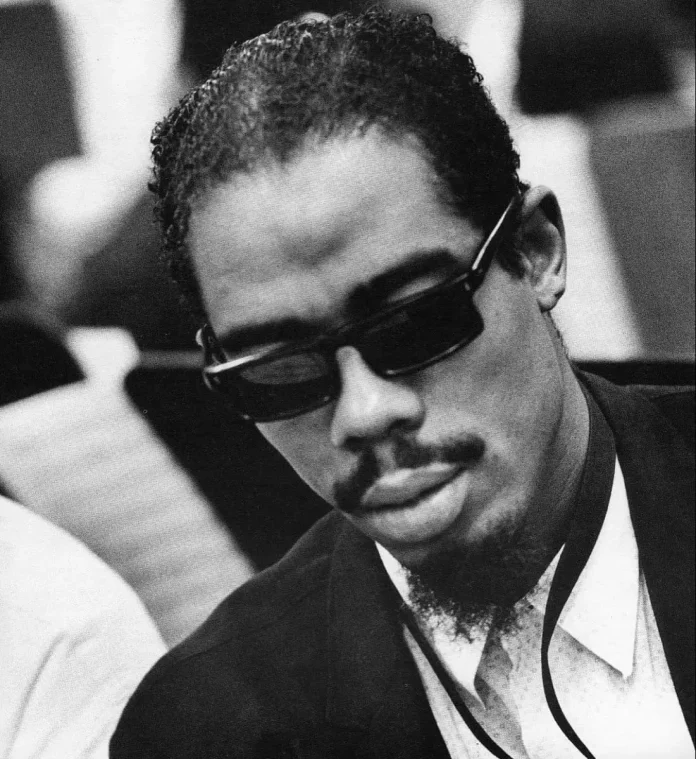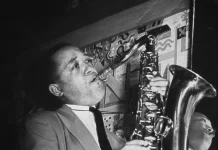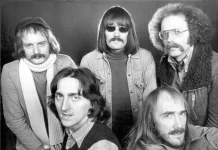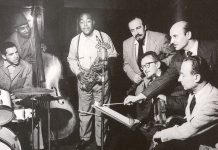Since discovering that my hairdresser has self-published a monograph on the Crab Nebula endorsed by a professor of astronomy, I question the dictatorship of expertise. Last night, I filed my 300 words to this magazine on an album by the Luxembourg guitarist Gilles Grethen, aware that there’s probably a bedsit blogger in Halifax or Truro who’s already written 2,500 words about it for his 123 followers and any other idle surfer.
We are all pundits now. As a daily-newspaper music critic, I was self-conscious enough to realise that there were legions out there, not necessarily newspaper readers, who could authoritatively tear my reviews apart but who had no access to public prints. Not all were specialists. These days, opinion costs nothing and can be communicated instantly and at length to anyone in the world. So everyone’s a critic, even though the struggle in Halifax or Truro to engage follower no. 124 might be unavailing.
Exclusivity was often the cousin of pomposity. Neville Cardus, the Manchester Guardian‘s music critic, once took singer Kathleen Ferrier aside to advise her on what to do with her hands while performing a recital. Even then, there was no way a singer’s arm movements should have been anything but a minor distraction for someone who was present to evaluate only what was being sung (and played).
Cardus, however, who was not a trained musician and had little executant ability – he joined the “Man Graun” as a teenage office boy – was on to something in terms of what audiences see and hear but performers are blithely unaware of: the suggestion that there’s more than one way of presenting your material. In classical music as performed, and Cardus the deportment expert notwithstanding, there’s one way only; the most exciting announcement at a symphony concert is that the advertised programme has altered slightly, or at a performance of La Bohème that the baritone singing Schaunard is indisposed and will be replaced at heroic short notice by someone else. Jazz should be different from this singing-from-the-score stuff: by definition, more is expected of what is unexpected.
Conventional live jazz is not so much strait-jacketed by the playlist – that can be changed on the hoof – as hamstrung by a lack of imagination in its contents. It doesn’t require a lifetime of attendance for a fan to notice that, depending on who the performers are, a chart is always delivered in more or less the same way, or a gig is invariably a series of tight ensembles and a flying-pennant string of solos. I’ve already mentioned this in passing but, as several musicians told me I’d raised an interesting topic, I thought it worth revisiting with a detailed example.
Let’s take the ubiquitous bop/hard bop quintet of sax, trumpet, piano, bass and drums. What I have to say nonetheless applies to almost any combo in any style of jazz, from swing tributes to whatever is going to pass for jazz next month. The keys to variety are the possibilities inherent in permutation.
How many times does our quintet simply start playing together, give or take a piano’s conventional lead-in? Well, so often that the intro is not seen as a variation even though it might not be present on every chart. Try an intro on the kit or the bass, or on both together. It was possible for the Art Blakey Jazz Messengers to play Benny Golson’s Blues March without the leader’s few bars of rat-a-tat military intro. Our quintet might do the same, but that would be the exception proving the rule. They could start with an extended jazzy bugle call on trumpet; it would be equally martial.
At its inauguration, the LP was hailed as a means by which musicians might extend themselves. This was already a feature of public performances. Formerly, studio dates for recording on shellac discs were time-limited and solos truncated or absent altogether. Our quintet might try that, despite the open-ended time allowed for playing a chart: in other words, keep it brief, concentrated, and solo-free. That would establish one pole, the opposite to which would be a solo spot for a single instrument; the bass, for instance, playing in a Marc Johnson home-alone manner. This wouldn’t short-change the audience; it would make it pleasantly surprised, especially if there is a compositional or historical link to what’s performed either side of it.
The seemingly interminable Coltrane-type solo is now, in retrospect, seen as the triumph of self-indulgence over listener solicitude; at worst, a tiresome way of making something last and suggesting that what it’s based on has limited merit. Jazz, especially the jazz saxophone world, is full of clones. What a shame that all that devotion and practice should be nothing more than rising to the point of creative zero.
There are at least five options in a quintet when its members are seen as anything but joined at the hips. With a piano in the mix, the duetting possibilities are four-fold – yes, even a piano-drums duo is conceivable. Instead of solos-by-rote when the whole band is playing, why not two duetting horns or two musicians at random taking responsibility for leading the musical ideas with call-and-response possibilities? And rather than ending at the same time line abreast – about as guaranteed today as a vocalist always singing in tune – what about allowing one instrument a lengthy-ish coda, to finish (within reason) when the musician felt like it?
Isn’t there a case for the trumpeter, switching to flugelhorn if able, playing a tune associated with another instrument, such as Body And Soul – even to play totally unaided? What about a chart designed so that members lay down their instruments one at a time, leaving a single musician to full-point the final paragraph in a jazz band version of what’s done in Haydn’s Farewell Symphony.
All the foregoing, and more, would require preparation and work on the arrangements. Of course, bands do spice their gigs with a bit of variation; but it’s almost always limited and predictable.
Attention to these matters might avoid the sort of comment I heard from an audience member after one band gig: “Oh, it was OK; but I heard them in St Ives and it was exactly the same, even the solos and the jokes.” He found the gig enjoyable but not remarkable and he was referring to the mode of presentation, not any kaleidoscopic character it lacked but should have embraced on the second occasion. I knew that, because he’d just read a review I’d written of an Eric Dolphy in Europe album. At a Danish concert, Dolphy had invited Chuck Israels on to the platform from the audience to join him in a flute-bass duo version of Randy Weston’s Hi-Fly. The three other (Danish) musicians of the quartet stood down to let this possibly impromptu event happen. There’s no evidence that the audience wished to be part-reimbursed.
Anyway, it’s not so much that the other gig referred to was a simulacrum of its West Country antecedent as an acknowledgement that a presentation would have been worth listening to again if it had been even slightly different. This year, I attended a gig at which a band member invited someone from the audience to dance a faux-tango with her. Not so much the sound of surprise as the sight. We could do with more sound surprises.















